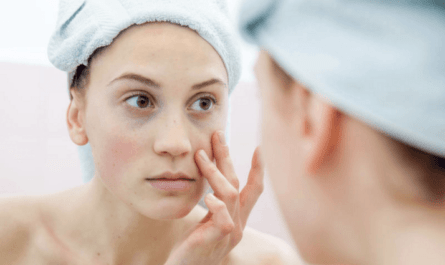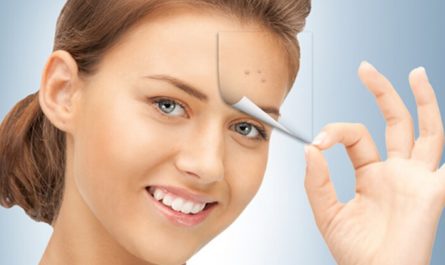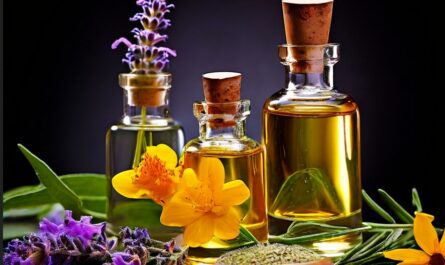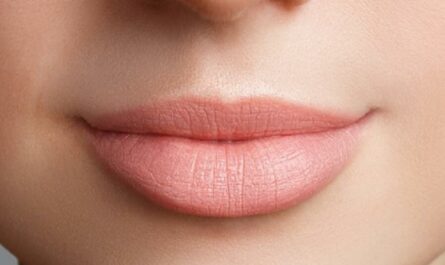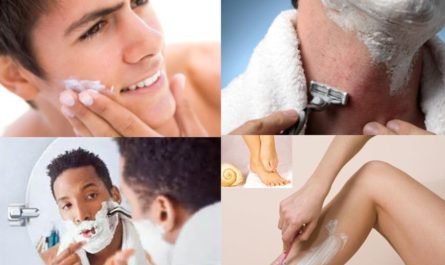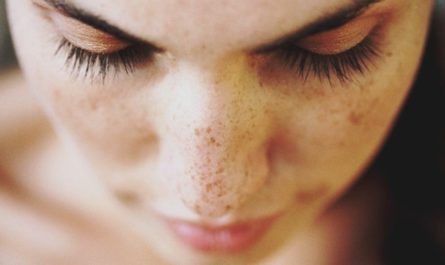Having bumps on your face can be frustrating and affect your self-confidence. Whether you’re dealing with acne, allergic reactions, or other skin conditions, finding effective remedies to get rid of these bumps is crucial. This article will explore 13 best natural remedies that help you achieve smooth and clear skin. Say goodbye to bumps and hello to a radiant complexion!
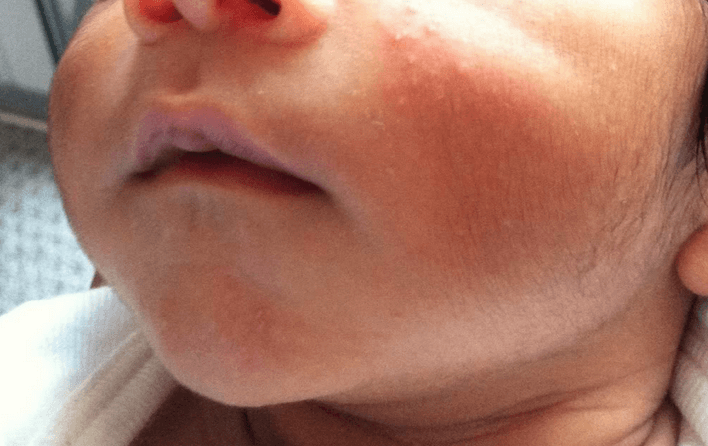
Causes of Bumps on the Face
Before we delve into natural remedies, it’s important to understand the causes of bumps on the face. This knowledge will help us identify the best course of action for treatment.
- Acne: Hormonal imbalances, excessive sebum production, and bacterial buildup can lead to acne breakouts.
- Allergic Reactions: Certain skincare products, cosmetics, or even environmental factors can trigger allergic reactions, resulting in bumps on the face.
- Rosacea: A chronic skin condition characterized by redness, bumps, and visible blood vessels, often accompanied by stinging or burning sensations.
- Folliculitis: Inflammation of hair follicles caused by bacterial or fungal infections, leading to red bumps or pustules.
- Keratosis Pilaris: A common condition where keratin builds up and clogs hair follicles, resulting in small, rough bumps, often on the arms and thighs.
13 Natural Remedies to Get Rid of Bumps and Blemishes
1. Tea Tree Oil
Tea tree oil is a potent natural remedy with antibacterial properties that can effectively combat acne-causing bacteria. It contains a compound called terpinen-4-ol, which has antimicrobial and anti-inflammatory effects. In addition, tea tree oil also helps to unclog pores and reduce redness.
- Dilute tea tree oil with a carrier oil, such as jojoba or coconut oil, using a ratio of 1 part tea tree oil to 9 parts carrier oil.
- Cleanse your face with a gentle cleanser and pat it dry.
- Take a cotton swab and dip it into the diluted tea tree oil.
- Apply the swab directly to the affected areas, focusing on individual bumps.
- Leave the tea tree oil on your skin for about 20 minutes, then rinse it off with lukewarm water.
- Follow up with a moisturizer to prevent dryness.
- Repeat this process twice daily until you see improvement in your skin.
2. Aloe Vera
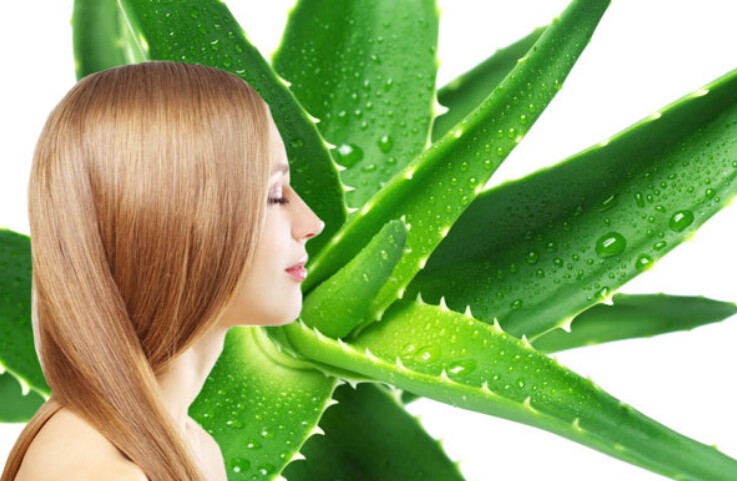
Aloe vera gel has soothing and healing properties, making it an excellent remedy for various skin conditions, including bumps on the face.
It contains enzymes, antioxidants, and anti-inflammatory compounds that can help reduce inflammation, promote wound healing, and soothe irritated skin.
- Extract fresh aloe vera gel from an aloe leaf or use a store-bought aloe vera gel.
- Cleanse your face with a gentle cleanser and pat it dry.
- Apply a thin layer of aloe vera gel to the affected areas using clean fingertips or a cotton swab.
- Leave the gel on your skin for 15-20 minutes to allow it to absorb.
- Rinse it off with lukewarm water and gently pat your skin dry.
- Follow up with a moisturizer to lock in the hydration.
- Repeat this process twice daily until you see improvement in your skin.
3. Apple Cider Vinegar
Apple cider vinegar contains natural acids, including acetic acid, that can help restore the skin’s pH balance, exfoliate dead skin cells, and reduce the appearance of bumps. It also has antibacterial and antifungal properties, which can help combat acne-causing bacteria and fungi.
- Dilute raw, unfiltered apple cider vinegar with water using a 1:1 ratio.
- Cleanse your face with a gentle cleanser and pat it dry.
- Take a cotton ball and soak it in the diluted apple cider vinegar.
- Apply the cotton ball to the affected areas, gently pressing it against the skin.
- Leave it on for a few minutes, then rinse it with lukewarm water.
- Follow up with a moisturizer to prevent dryness.
- Start using this remedy once a day and gradually increase the frequency if your skin tolerates it well.
- Note: Apple cider vinegar can cause a stinging or burning sensation on sensitive skin. If you experience any discomfort, rinse it off immediately and discontinue use.
4. Lemon Juice
Natural Exfoliation Lemon juice is a natural exfoliant and astringent that can help remove dead skin cells and unclog pores. It contains citric acid, which helps to brighten the skin and reduce the appearance of bumps.
- Squeeze fresh lemon juice into a bowl and dilute it with an equal amount of water.
- Cleanse your face with a gentle cleanser and pat it dry.
- Using a cotton ball, apply the diluted lemon juice to the affected areas, gently massaging it in.
- Leave it on for 10-15 minutes, allowing the lemon juice to work magic.
- Rinse your face with lukewarm water and moisturize afterward, as lemon juice can dry.
- Start using this remedy once a week and gradually increase the frequency if your skin tolerates it well.
5. Turmeric
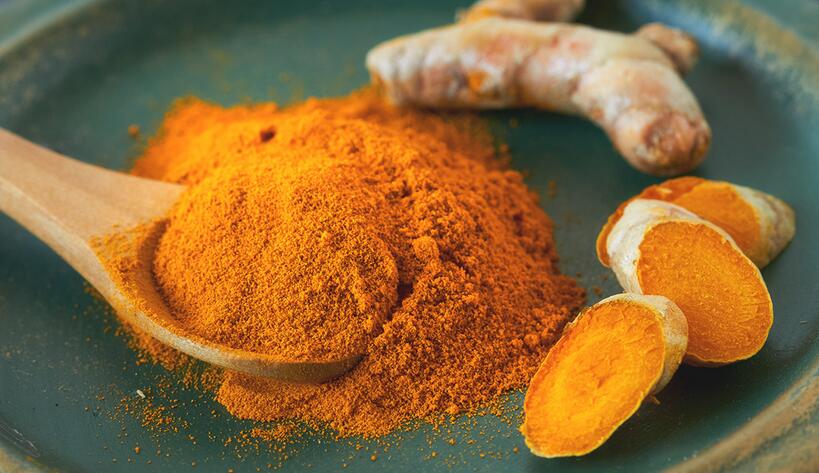
Turmeric has powerful anti-inflammatory properties that can help reduce redness and inflammation associated with bumps on the face. It contains a compound called curcumin, which has been studied for its beneficial effects on the skin.
- Mix turmeric powder with a small amount of water or honey to create a paste.
- Cleanse your face with a gentle cleanser and pat it dry.
- Apply the turmeric paste to the affected areas, massaging it in gently.
- Leave it on for 15-20 minutes, allowing the turmeric to work its magic.
- Rinse your face with lukewarm water, using a gentle circular motion to remove the paste.
- Moisturize your skin to prevent dryness.
Be cautious; turmeric can stain clothing and temporarily tint the skin yellow. Use it in the evening or when you can rinse it off thoroughly.
6. Coconut Oil
Coconut oil is a natural moisturizer that can help nourish and hydrate the skin. It contains fatty acids that penetrate the skin and provide deep hydration.
Additionally, coconut oil has antimicrobial properties that can help fight bacteria and prevent infections.
- Take a small amount of organic, cold-pressed coconut oil in your palms.
- Rub your palms together to warm up the oil and melt it.
- Gently massage the coconut oil onto your face, focusing on the areas with bumps.
- Leave it on for at least 30 minutes or overnight for maximum benefits.
- Rinse off the excess oil with a gentle cleanser and lukewarm water.
- Pat your skin dry and apply a light moisturizer if needed.
7. Baking Soda
Baking soda can help exfoliate the skin gently, removing dead skin cells and unclogging pores. It has natural antiseptic properties that can help fight bacteria and reduce inflammation.
- Mix a small amount of baking soda with water to create a paste.
- Cleanse your face with a gentle cleanser and pat it dry.
- Apply the baking soda paste to the affected areas, gently massaging it in circular motions.
- Leave it on for a few minutes to allow the baking soda to work.
- Rinse off the paste with lukewarm water, ensuring that all traces are removed.
- Moisturize your skin to prevent dryness.
8. Oatmeal
Oatmeal is known for its calming and cleansing properties. It can help soothe irritated skin and remove excess oil and impurities. Oatmeal also acts as a gentle exfoliant, promoting the removal of dead skin cells.
- Grind oatmeal into a fine powder using a blender or food processor.
- Mix the powdered oatmeal with water to form a paste.
- Apply the oatmeal paste to the affected areas of your face.
- Gently massage the paste in circular motions for a few minutes.
- Leave the paste on your face for 10-15 minutes.
- Rinse off the oatmeal paste with lukewarm water.
- Pat your face dry and follow up with a moisturizer.
9. Cucumber
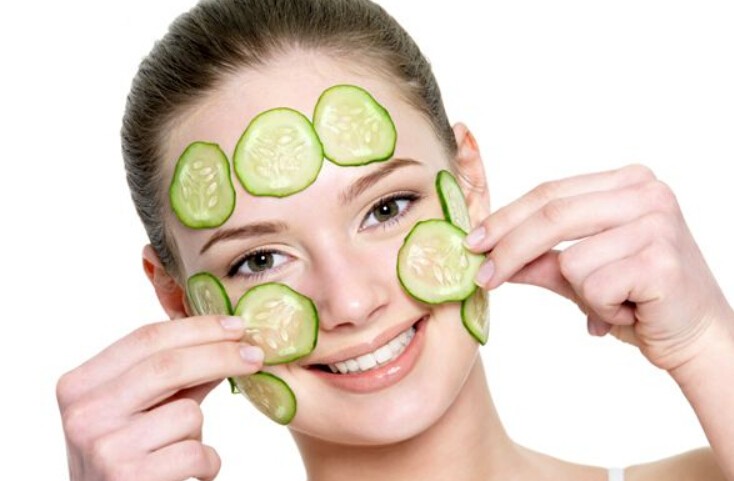
Cooling and Refreshing Cucumber has cooling and refreshing properties that can help reduce inflammation and soothe the skin. It also contains antioxidants and vitamins that promote healthy skin.
- Slice a cucumber into thin rounds.
- Place the cucumber slices on the affected areas of your face.
- Leave the cucumber slices on your face for 10-15 minutes.
- Gently remove the slices and rinse your face with cool water.
- Pat your face dry and apply a moisturizer if needed.
10. Neem Oil
Neem oil is known for its purifying and detoxifying properties. It has antimicrobial and anti-inflammatory properties that can help eliminate bacteria and reduce redness.
- Dilute neem oil with a carrier oil such as coconut or jojoba oil.
- Apply the diluted neem oil to the affected areas of your face.
- Gently massage the oil into your skin using circular motions.
- Leave the oil on your face for 20-30 minutes.
- Rinse off the oil with lukewarm water.
- Pat your face dry and follow up with a moisturizer.
11. Papaya
Papaya contains enzymes that can gently exfoliate the skin and promote cell renewal. It helps unclog pores and reduces the appearance of bumps, leaving your skin smooth and rejuvenated.
- Mash ripe papaya to create a smooth paste.
- Apply the papaya paste to the affected areas of your face.
- Gently massage the paste into your skin for a few minutes.
- Leave the paste on your face for 15-20 minutes.
- Rinse off the papaya paste with lukewarm water.
- Pat your face dry and apply a moisturizer.
12. Rosewater
Hydrate and Refresh Rosewater is a natural toner that helps hydrate and refresh the skin. It has soothing properties that can reduce redness and inflammation, giving your skin a healthy and radiant appearance.
- Spray rosewater onto a cotton pad until it’s damp.
- Gently wipe the cotton pad over the affected areas of your face.
- Allow the rosewater to air dry on your skin.
- Follow up with your regular skincare routine, including moisturizer if needed.
13. Chamomile
Chamomile has calming and anti-inflammatory properties that can soothe irritated skin and reduce the appearance of bumps. It helps alleviate redness and promotes a more even skin tone.
- Brew a cup of chamomile tea and allow it to cool.
- Dip a cotton ball or clean cloth into the chamomile tea.
- Gently apply the chamomile-infused cotton ball or cloth to the affected areas of your face.
- Leave it on for 10-15 minutes.
- Rinse your face with cool water to remove any residue.
- Pat your face dry and apply a moisturizer.
How to prevent Bumps and Blemishes on the face?
To prevent bumps and blemishes on the face, you can follow these skincare tips:
- Cleanse your face twice daily: Use a gentle cleanser suitable for your skin type to remove dirt, excess oil, and impurities. Avoid harsh soaps or cleansers that can strip the skin of its natural oils.
- Exfoliate regularly: Exfoliation helps remove dead skin cells that can clog pores and contribute to blemishes. Use a mild exfoliator or chemical exfoliants like alpha-hydroxy acids (AHAs) or beta-hydroxy acids (BHAs) to gently exfoliate your skin.
- Avoid touching your face: Touching your face with unwashed hands can transfer bacteria, dirt, and oil to your skin, leading to breakouts. Be mindful of this habit and keep your hands away from your face.
- Moisturize daily: Keeping your skin moisturized is important to maintain its balance and prevent excessive oil production. Use a lightweight, non-comedogenic moisturizer that won’t clog your pores.
- Protect your skin from the sun: Sun exposure can worsen acne and cause post-inflammatory hyperpigmentation. Apply a broad-spectrum sunscreen with SPF 30 or higher daily and wear protective clothing when exposed to the sun.
- Avoid heavy makeup or oil-based products: Certain makeup products and heavy cosmetics can clog pores and contribute to breakouts. Opt for non-comedogenic, oil-free, or water-based makeup and skincare products.
- Keep your hair clean and away from your face: Oil and dirt from your hair can transfer to your face and contribute to blemishes. Regularly wash your hair, especially if it’s oily, and keep it away from your face by tying it back or using a headband.
- Don’t squeeze or pop pimples: It can be tempting, but squeezing or popping pimples can worsen inflammation, lead to scarring, and spread bacteria. Instead, use spot treatments with ingredients like benzoyl peroxide or salicylic acid to help reduce their appearance.
- Maintain a healthy diet and lifestyle: A balanced diet rich in fruits, vegetables, whole grains, and lean proteins can promote healthy skin. Also, drink plenty of water to stay hydrated and get enough sleep to allow your skin to repair itself.
- Manage stress levels: Stress can contribute to hormonal imbalances and worsen skin conditions. You can try some stress-management techniques like exercise, meditation, or engaging in enjoyable activities.
Frequently Asked Questions
1. How long does it take for the natural remedies to show results?
The time it takes to see results may vary depending on the severity of the condition and individual factors. It’s important to be patient and give the remedies enough time to work, as natural remedies generally provide gradual and long-term results.
2. Can these remedies be used on all skin types?
Most of these remedies are suitable for all skin types. However, it’s important to consider your specific skin concerns and sensitivities. Individuals with sensitive skin should perform a patch test before applying any new remedy to the face. If you experience any irritation or adverse reactions, discontinue use and consult with a dermatologist.
3. Are these remedies safe to use alongside other skincare products?
These natural remedies are generally safe to use alongside other skincare products. However, checking for any potential interactions or sensitivities is always a good practice. If you’re using prescription medications or have specific concerns, it’s best to consult a dermatologist.
4. Can I use these remedies for bumps on other body parts?
While these remedies are primarily targeted for bumps on the face, many can also be used for bumps on other parts of the body. Adjust the application method and duration as needed. Remember that certain remedies may not be suitable for sensitive or large body areas.
5. What should I do if the bumps worsen or don’t improve?
If the bumps worsen or don’t show improvement after consistent use of the remedies, it’s recommended to consult with a dermatologist. They can provide further guidance and prescribe appropriate treatments if necessary.

